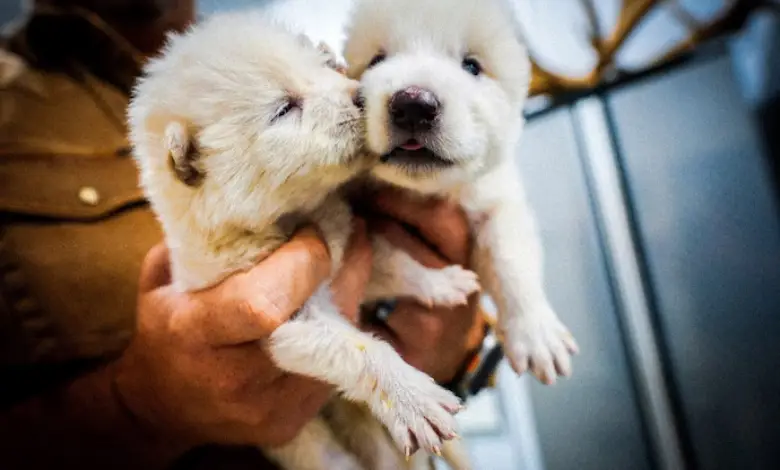WATCH Video | Dire wolves howl again after more than 12,000 years

Scientists have successfully revived the dire wolf, a species extinct for approximately 12,500 years, using advanced genetic engineering techniques. Texas-based biotech firm Colossal Biosciences announced the birth of three dire wolf pups—two male siblings, Romulus and Remus, and a female named Khaleesi—marking a historic milestone in de-extinction efforts.
The six-month-old male pups, each measuring nearly four feet and weighing over 36 kilograms, were created by combining ancient DNA extracted from fossils with cloning and CRISPR gene-editing technology. The team modified genes in gray wolves, the closest living relative of the prehistoric predator, to replicate traits like thicker fur, stronger jaws, and larger size.
The first dire wolf howl in over 10,000 years pic.twitter.com/Z4PSKdjzYI
— Nature is Amazing(@AMAZlNGNATURE) April 7, 2025
Colossal CEO Ben Lamm described the achievement as a “massive milestone” proving their de-extinction framework works, citing DNA sourced from a 13,000-year-old tooth and a 72,000-year-old skull. The wolves currently reside on a secure 2,000-acre site in the northern U.S., monitored via drones and live cameras
While the pups exhibit typical dire wolf behaviors—avoiding human interaction and maintaining distance even from handlers—their revival has sparked optimism for future projects, including resurrecting mammoths, dodos, and Tasmanian tigers. Harvard geneticist George Church, a Colossal co-founder, highlighted the project’s potential in an interview with Time, emphasizing advancements in cloning efficiency.
The company also recently cloned critically endangered red wolves, employing non-invasive blood-cloning techniques. Elon Musk responded to the news on X, humorously requesting a “miniature pet woolly mammoth”




